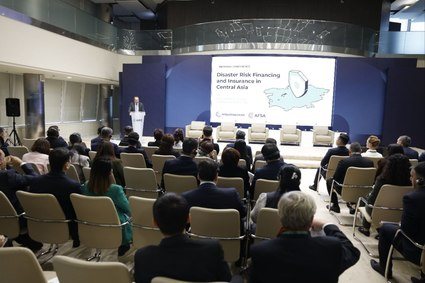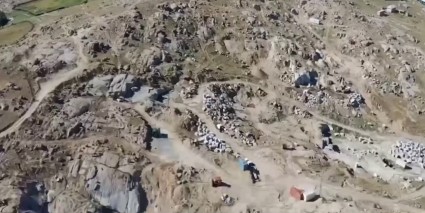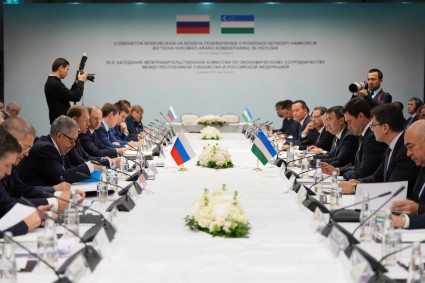The World Bank, in collaboration with the Astana Financial Services Authority (AFSA), is hosting a regional conference on Disaster Risk Financing and Insurance (DRFI) in Central Asia to discuss solutions the region can adopt to be financially prepared for the mounting disaster risks.
Disasters, both natural and man-made, pose significant threats to communities, economies, and infrastructure worldwide. Central Asia, comprising Kazakhstan, Kyrgyz Republic, Tajikistan, Turkmenistan, and Uzbekistan, is particularly vulnerable due to its intense seismic risk and climatic hazards. The World Bank estimates that earthquakes alone can cause annual losses of $2 billion in the region, affecting approximately 4 million people each year. However, due to the climate change, floods are becoming a major risk factor for the Central Asian economies, with the extreme event losses ranging between 1-6 percent of GDP. Effective disaster risk financing strategies are essential to mitigate these financial impacts and ensure timely recovery efforts.
“Disaster risk financing and insurance are crucial for the resilience of Central Asian countries. Today Central Asia faces a financial shortfall in disaster preparedness. Tajikistan and Uzbekistan alone could experience gaps of up to $1.5 billion and $15 billion in case of large disasters, respectively. With shallow insurance markets, these gaps may require budget reallocation, borrowing, or donor aid, likely crowding out much-needed spending on education and healthcare or leaving critical infrastructure unrepaired,” said Indu John-Abraham, Operations Manager, World Bank Regional Office for Central Asia.
The conference will feature a diverse group of participants, including government representatives from Central Asian countries: Ministries of Finance, Debt Management Offices, and Ministries of Disaster Management and Planning, central banks and insurance regulators, private sector insurance companies and credit institutions, academia, and international organizations working on disaster risk finance and insurance in the region.
“This timely initiative, co-hosted with the World Bank, brings together public and private sectors to identify effective DRFI solutions and financial protection strategies for natural disasters in Kazakhstan and Central Asia. At AIFC, we have established an efficient insurance regulation framework to accommodate tailored disaster insurance programs. Additionally, our fund framework allows governments to form disaster funds for immediate relief and reconstruction. Our regulatory framework also allows issuing catastrophe bonds through AIFC and may offer another way to spread the risk of large-scale disasters across multiple insurers or investors,” saidAFSA Chief Executive Officer Evgeniya Bogdanova.
During the event, participants had the opportunity to share experiences, best practices, and innovative approaches in disaster risk financing. The goal is to identify viable solutions to meet the growing costs of disasters, shorten recovery times, and rebuild better after disasters.
The conference is organized with support from the Risk Finance Umbrella Program of the World Bank, with contributions from the United Kingdom’s Foreign, Commonwealth and Development Office (FCDO), Swiss State Secretariat for Economic Affairs (SECO), and United States Agency for International Development (USAID).












